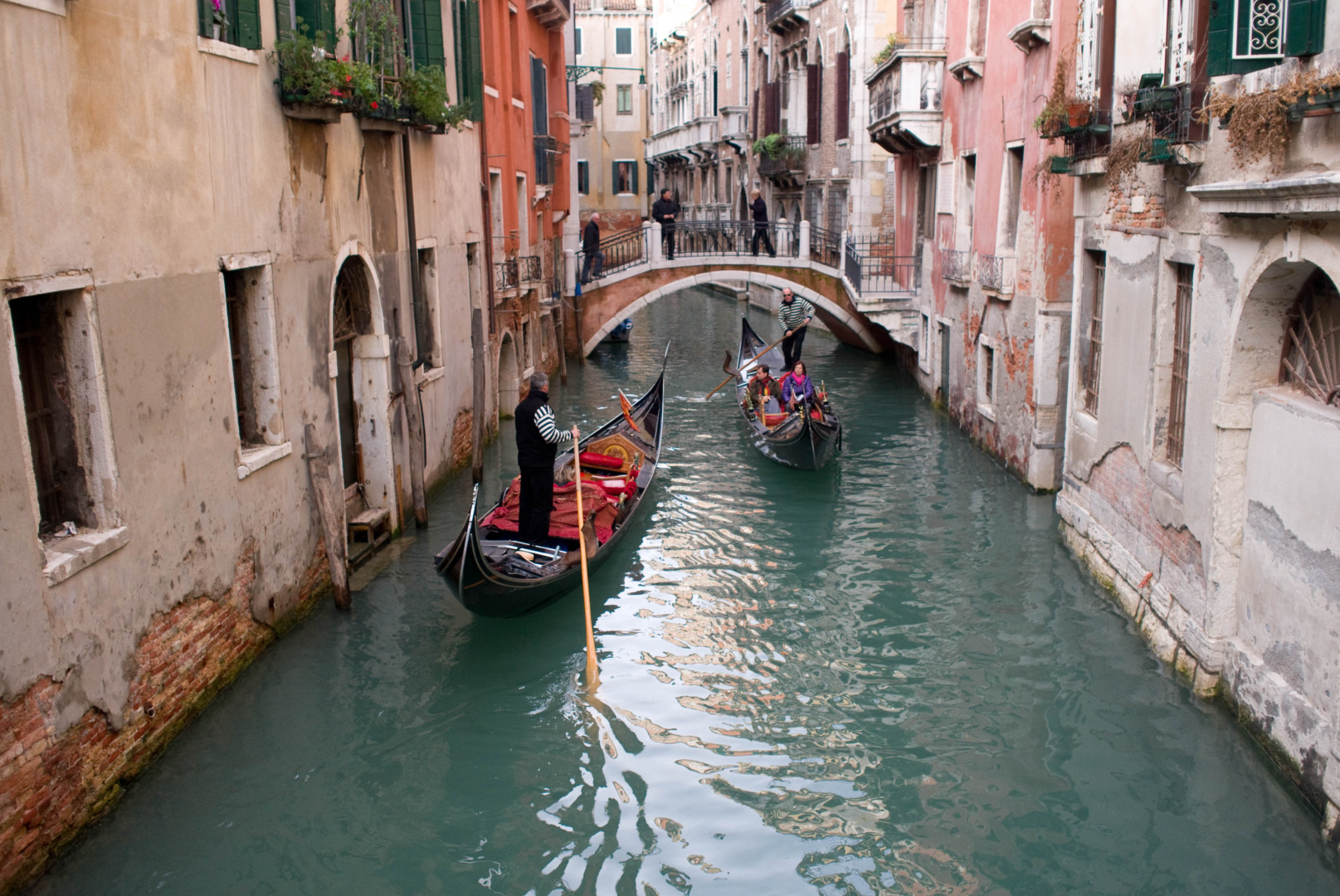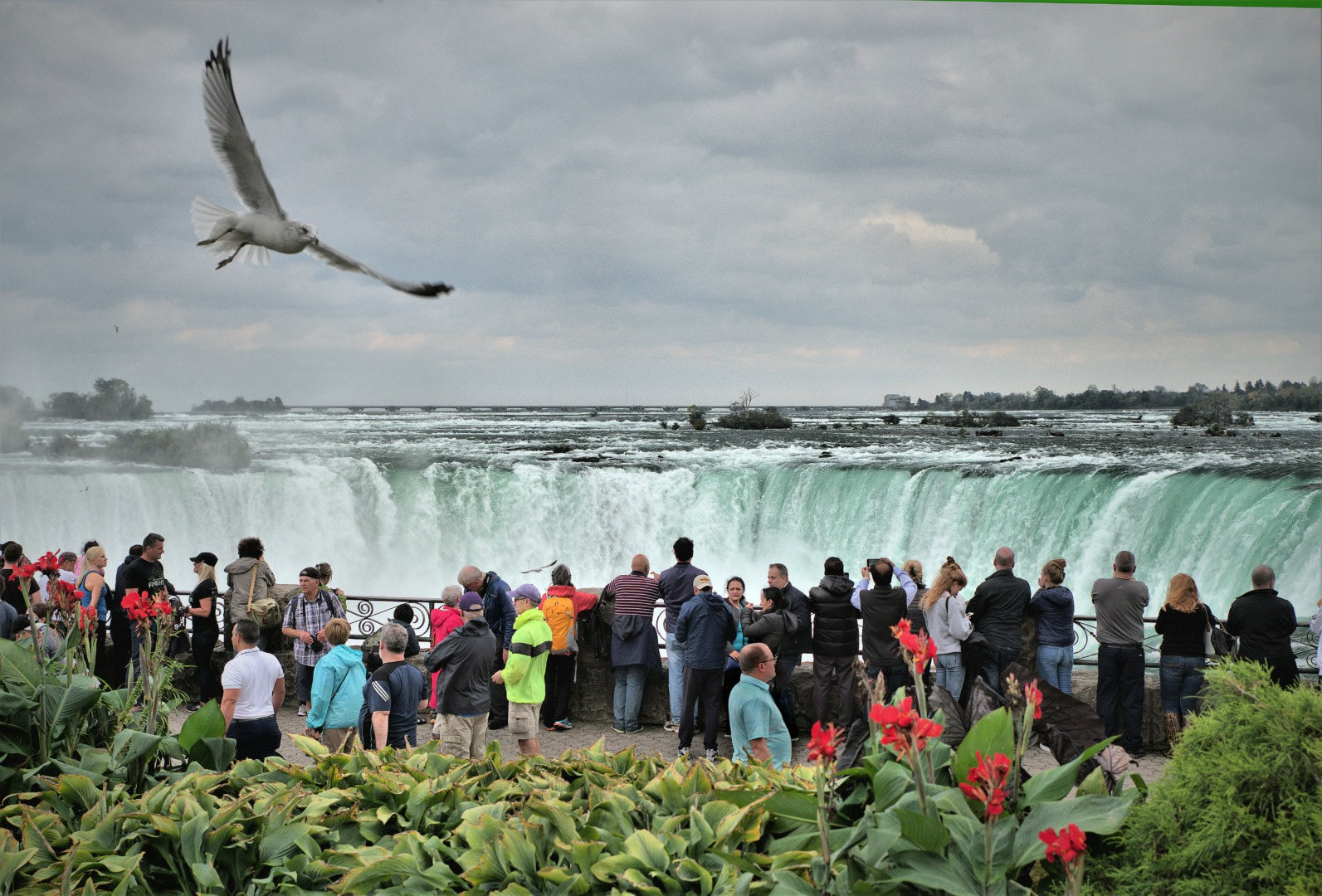Much has been written about the positive and negative aspects of both tourism and human health, but rarely from a One Health perspective. One Health is a concept that considers the interactions between animals, the environment, humans, and plants, recognizing that their interconnections are many and varied, and what that means when examining global epidemics and pandemics. Looking at this topic of Tourism and the Environment is timely as experts are currently trying to finalize a draft Pandemic treaty which ostensibly (and hopefully) will expressly include a conceptual structure to serve as a support or guide for the implementation of One Health thinking and acting on many fronts.
In this article, we will only touch the surface of the impacts of international tourism on local economies and ecosystems.
Tourism
A Picture of size and impact
According to the UN World Tourism Organization (UNWTO), international tourism ended 2023 at 88% of pre-pandemic levels, with an estimated 1.3 billion international arrivals. Total export revenues from tourism (including passenger transport) were estimated at $1.6 trillion in 2023, with international tourism expected to reach pre-pandemic levels in 2024
Worldwide, tourism is one of the major traded services, a huge economic sector in Europe overall, and especially in Southern Europe, where tourists have been coming at pre-pandemic numbers.
For example, an explosion of visitors led the city of Venice, Italy, beginning on June 1, 2024, to limit tour groups to 25 people, impose new fees and steep fines for violators, and put in place other restrictions to mitigate the strain on infrastructure, and essential services, and to protect their cultural treasures.

Spain has been experiencing drought for over three years and declared a drought emergency early this past February. But each spring tourists pile in from cruise ships, hotels, and Airbnbs and consume much more of the city’s water than the average Barcelona civilian. This influx of visitors further threatens Barcelona’s water supply and infuriates locals because Spanish cities and towns have had to impose water consumption limits while the tourism sector has experienced no such restrictions.
The Good and Bad
The Good
Economic activity and employment: Tourism generates both direct and indirect economic activity and jobs. For example, hotels, transport industries, restaurants, and medical facilities which cater to those who travel for specific medical attention, all benefit.
Significant national revenue: The tourism industry provides revenue from the first moment a traveler seeks a visa until that person leaves each location. Throughout that time the visitor is subject to taxes and fees, all of which reduce public sector reliance on other revenue-generating alternatives. Governments can then use such tourism funds to maintain cultural sites and protect the environment.
Heightened appreciation of nature: Some tourist trips can be designed as opportunities to broaden appreciation of the natural world and spark or strengthen interest in conservation and sustainability.

The Bad
Satisfying tourist needs and environmental damage: With dramatic increases in tourist visits, their added need for water and food must be addressed, often where one or both are in limited supply. Then the visited sites must handle the waste and pollution left behind by tourists. Intended or not, tourists may strain already overstretched infrastructure, including land being used for tourist purposes. There is a major effect in reducing wildlife habitats, such as those for birds and other terrestrial and aquatic animals. Construction of hotels, recreational facilities, and the like, means that customary nesting and resting places disappear.
Health risks (for humans and animals): During the intense worst period of COVID-19, the threat from external visitors bringing infectious diseases effectively depressed the tourism industry in many countries. New COVID variants are still circulating, as well as other known or not-yet-known communicable diseases. For example, recent research has demonstrated that eco-tourism could be contributing to the deaths of chimpanzees in Uganda from common human cold viruses.
Organizations, such as the World Health Organization (WHO) and the UNWTO, are trying to better understand the health risks to both animals and humans that may arise from ecotourism to plan better preventions and responses.
Connecting Tourism and the Environment
Moving from tourism per se to the environment, it is worth looking at an example of one country that, so far, has managed its inflow of tourists and taken positive measures to address and protect its environment.
Bhutan is the first carbon negative country in the world to do so, and by its constitution, preserves 60% of its land under forest cover. In 2016 it adopted a five-year One Health Strategy, which began in 2017 and the country has since taken steps to implement the approach.

Further, recognizing performance and commitment, the Pandemic Intermediary Fund awarded Bhutan a $15 million grant in 2023 among the first set of recipients.
Admittedly, Bhutan is a special case, a small developing country with limited infrastructure but with industries that can have big environmental footprints. However, it demonstrates what can be done with One Health thinking and commitment across sectors and concerns.
Environment
The extent to which the environment is changing has been covered by the many international deliberations on climate change, expanded levels of research, and reporting. It need not be repeated here.
The Good
Ecotourism may beat other revenue generating options: Properly managed, tourism can be positive, certainly in comparison to smokestacks and other negative impacts from highly polluting industries that are potentially much more likely to result in significant environmental degradation.
Exposing tourists to environmentally challenged places may elevate understanding and sensitivity: Tourists coming from relatively well-situated locations may gain insight into and appreciation of what it is like to live with harsh environmental challenges. Such experiences can serve to educate and change attitudes towards the dangers of climate change, towards health of native animals and ecosystems and towards others who are less fortunate than the touring visitors.
The Bad
Broadly, major negative impacts of tourism include the depletion of local natural resources by exerting additional consumption pressure, more pressure on local land use and, if not appropriately managed, potential health risks to both animals and humans.
Drain on water resources: Tourists have multiple basic water needs such as for drinking and washing, which can tax local capabilities. But sometimes the very reasons for tourists to “come” to locations are high water consumers. For example, an average golf course in a tropical country uses as much water as 60,000 rural villagers, and large amounts of chemical fertilizers, pesticides, and herbicides that can negatively impact the local environment.
Impact on climate change: Tourism is estimated to contribute 5% of global greenhouse emissions, with transportation responsible for 90% of that contribution. By 2030, carbon dioxide emissions from tourism are expected to increase by 25% compared to 2016, rising by roughly 400 million tons.

Indeed, tourism could be seen as an opportunity for governments to diversify their overall growth strategies by upgrading their tourism opportunities to be more socially inclusive and environmentally friendly.
One Health Can Help
Virtually no human activity is without some positive and negative effect on the environment. Tourism has become a crucial part of the global economy and for some countries the bedrock of their economy. This will not change.
A study published in 2022 put forward a model framework for the development of sustained ecotourism, including supportive government policy interventions to ensure the effective conservation of environmental and natural resources without compromising economic viability. Such frameworks should include the health of animals and ecosystems as well as the health and social well-being of locals.
Environmental quality, biodiversity and ecosystem health have huge implications for our collective future, and tourism can play a positive or negative role. On the one hand, this sector can be of enormous economic, social, and even political value to a given country. At the same time, the government and its people need to be aware of both the potential benefits and adverse impacts of expanded tourism and take steps to balance those benefits and risks. One Health thinking based on our interconnectedness with animals, ecosystems, and environments can provide a framework for that balancing act.
As this article is being written, the International Negotiating Committee of representatives from all the WHO member states is actively in the process of deliberating and drafting a final version of an international Pandemic Treaty. There is the possibility that this kind of One Health thinking and acting might be embedded in a separate article on One Health, with sufficient compliance requirements. We shall see.
Editor’s Note: The opinions expressed here by the authors are their own, not those of Impakter.com — In the Cover Photo: A banana boat in Malaysia. Cover Photo Credit: Izuddin Helmi Adnan.










